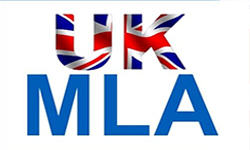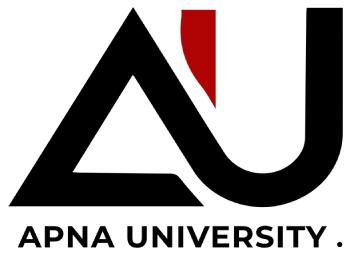Studying MBBS in Russia provides a perfect blend of quality, affordability, and international exposure. Here's why it's becoming one of the most favored destinations among medical students: Affordable Tuition Fees: Tuition costs an average of between $4,000 and $8,000 per year, substantially less than most Western and Asian countries. This makes it possible for students to finish a full MBBS without large loans or years of financial burden. Several universities also provide open fee policies, reducing extra costs and making it simple for international families and students to budget. Global Recognition and Licensing Pathways: Russian MBBS qualifications are accepted by significant agencies like WHO, NMC (MCI) in India, ECFMG/USMLE in the U.S., GMC in the UK, and others. Graduates can appear for key licensing tests like FMGE/NExT (India), USMLE (USA), and PLAB (UK) through such acceptance. Although country-wise licensing requirements differ, global recognition of Russian medical qualifications offers several worldwide career and training opportunities. English-Medium Programs with Academic Support: Most universities provide the whole MBBS program in English, both in lectures, labs, and clinical rotations, facilitating students to learn efficiently from day one. Bridging courses, medical English, and communication skills modules are also provided to enhance clinical interaction and examination preparedness. Aids like English-language textbooks, journals, and simulation materials also facilitate academic success. High-Quality Education and Modern Infrastructure: Russian medical schools have a reputation for comprehensive curricula, robust pre-clinical science foundations, and extensive patient-based clinical education. Infrastructure usually consisted of up-to-date anatomy labs, simulation facilities, well-stocked teaching hospitals, and electronic libraries. The faculty are usually highly experienced in research and practice, exposing students to evidence-based practice and modern methods of practice. Low Cost of Living and Student-Friendly Amenities: Monthly living expenses for international students commonly range from $200 to $400, covering accommodation, meals, public transport, and essentials. Many universities provide on-campus or affiliated hostels with 24/7 security, heating, internet, and communal kitchens. Affordable public transport and student discounts on cultural venues further reduce day-to-day costs. Extensive Clinical Training and Early Patient Exposure: Students cycle through government and university-associated hospitals, with hands-on experience working with varied patient populations and a broad spectrum of cases. Practice under supervision builds practical skills in history-taking, physical examination, diagnosis, and minor procedures. Simulation laboratories and OSCE-style examinations assist in developing confidence and clinical judgment prior to and during hospital postings. Streamlined Admissions with Minimal Entrance Barriers: For Indian students, NEET is compulsory qualification, but after that, most of the universities don't require other entrance exams. Admissions usually rely on academic records and general eligibility, so it becomes less stressful and predictable. Special international offices assist candidates with the application, documentation, and pre-departure processes. Strong Post-Graduation and Research Opportunities: Graduates can take postgraduate specialties in Russia or apply for training and residencies abroad based on performance in exams and requirements of the destination. Universities that conduct active research also provide opportunities for working on projects, publishing, and presenting, making residency or PG applications stronger. Degrees are such that they prepare students for global exams like USMLE, PLAB, and more, keeping a few career avenues open. Safe, Supportive, and Culturally Enriching Environment: Campuses tend to have 24/7 security, medical aid, and special international student services, such as visa support, counseling, and language programs. Russia's diversity of cohorts provides global connections and peer support, facilitating both academic and social integration. Students are able to access rich cultural heritage???architecture, museums, music, and festivals???enriching individual growth together with academic achievement.
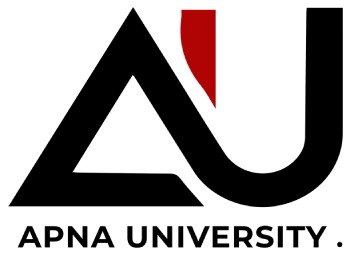
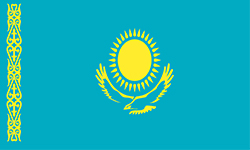 Kazakhstan
Kazakhstan
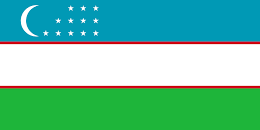 Uzbekistan
Uzbekistan
.jpg)
.jpg)
.jpg)
.jpg)
